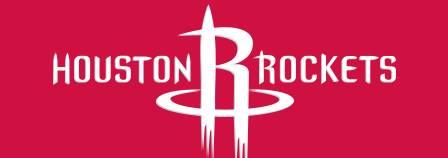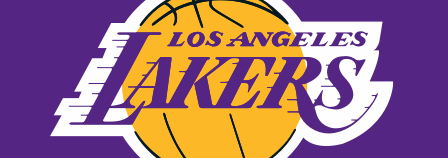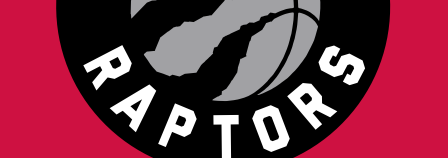NSL Insider - The Apron Advantage: Financesby CraigB, updated on Sunday, October 12 2025, 06:20 pm EST The Apron Advantage: Mastering the Financial Hard CapsThe days of simply paying the luxury tax and retaining full team-building flexibility are over. The new financial rules, fully adopted by the NSL, have instituted a system of operational ceilings known as the First Apron and the Second Apron. These are no longer just thresholds; they are constraints that penalize GMs who spend too freely, limiting their ability to sign players, execute trades, and, most importantly, sustain long-term success. For any General Manager in our league — especially those who have committed to a high-cost, win-now core—understanding these two aprons is the single most critical task of the offseason. This guide breaks down the crippling penalties of each apron and provides a survival roadmap for GMs operating under intense financial pressure. The Critical Distinction: Crossing vs. Hard-CappedBefore diving into the penalties, GMs must understand the difference between simply crossing an apron and being Hard-Capped at that apron.
The fact that teams not hard-capped can still push past the apron to retain a star or execute a complex trade is a loophole that some GMs might be willing to try to exploit—but the associated penalties apply instantly, making it a high-risk gamble. I. The First Apron: The Operational ConstraintThe First Apron ($195,945,000 for 25/26) is the first major boundary above the Luxury Tax line. The penalties here are designed to limit a GM's in-season flexibility and make trades far more difficult: 1. Crippling Trade Matching RulesFor teams under the First Apron, trade matching is restricted. Instead of the generous 125% rule available to non-taxpayers, First Apron teams are limited to taking back only 110% of the outgoing salary.
2. Buyout Market ProhibitionApron teams cannot sign players who were waived during the regular season whose salary before being waived exceeded the Non-Taxpayer Mid-Level Exception.
3. Loss of Key ExceptionsGMs operating over the First Apron lose access to two key financial tools: the Bi-Annual Exception and the full Non-Taxpayer Mid-Level Exception. Survival Tip: If you are hard-capped at the First Apron, treat your current salary as gospel. Every minimum signing, potentially key veterans that may fit specific roles, must be Home Runs to make the signing worth the roster spot. Ideally, you want a rotation-ready player and not necessarily a random player. II. The Second Apron: The Franchise CripplerThis is the financial equivalent of the nuclear option. The Second Apron ($207,824,000 for 25/26) is the level no team should cross unless they are one game away from a Championship and have fully accepted the devastating consequences. 1. Loss of All Transaction FlexibilityTeams over the Second Apron lose access to nearly every roster-building tool except the Minimum Salary Exception and their own draft picks.
2. The Draft Pick DoomsdayThe final, devastating penalty affects your long-term future:
III. The GM's Survival GuideNavigating these aprons requires more than just counting dollars; it demands a strategic shift in philosophy. 1. Prioritize Specialists on Minimums: Since flexibility is gone, make every dollar count. Do not sign a versatile but average player. Instead, target players who provide elite, specialized skills that your team lacks. This is why the debate between a specialized role player vs a well-rounded vet is so vital. Their low salary minimizes risk while maximizing a specific on-court performance boost. 2. Focus on Development and Conversion: The only cost-effective way to improve a hard-capped roster is through your own assets. Prioritize the development of your young players and utilize your two-way slots effectively. Drafting strategically and acquiring players with a high likelihood of converting to a minimum deals are essentially the only paths to in-season roster improvement. Additionally, 2nd Round picks that get signed to Exception Deals can fill a roster spot but are likely 2 - 3 years away from being productive rotation pieces. 3. Embrace the Hard Cap Discipline: Your ultimate goal is to win now or at least consistently without ever smelling the Second Apron. Every future trade must be executed with 110% precision, and every player signed must justify the financial constraint. By mastering the rules of the Aprons, you secure not only your present championship competing window but also the future of your franchise.
|
Archive· Hypotheticals - Best Starting 5s · The Apron Advantage: Finances · HISTORY – SNAPSHOT OF WINNING - WC · Premium: Breakouts and Break Downs |
||||||||||||||||





















